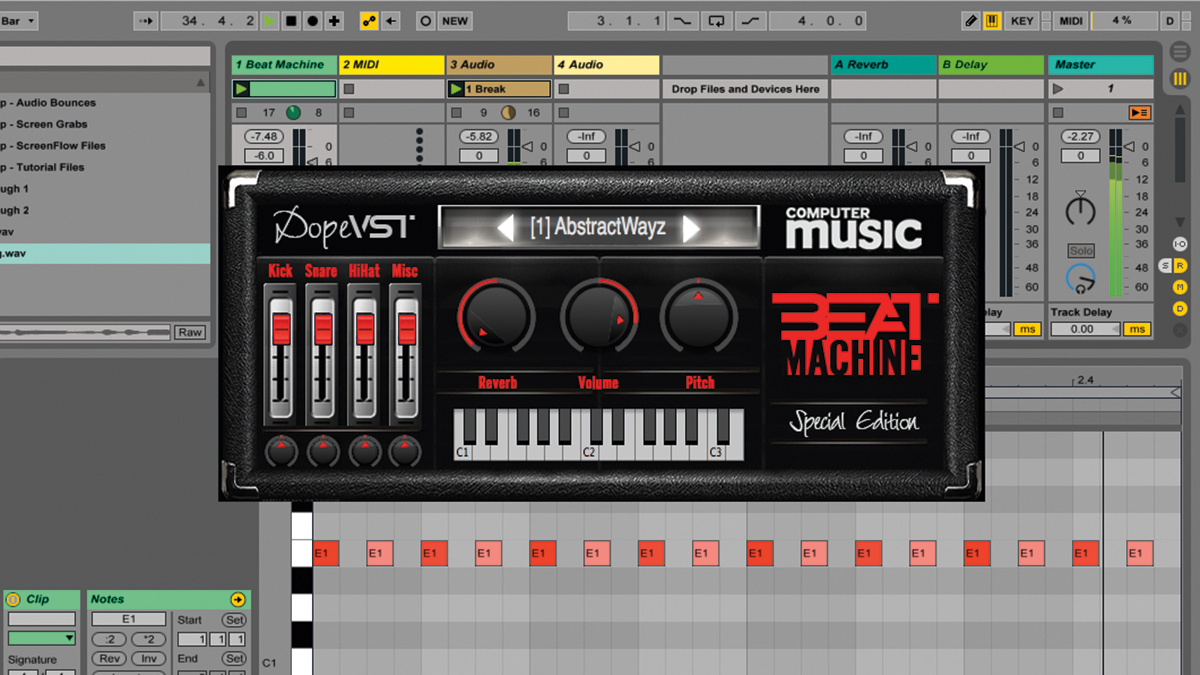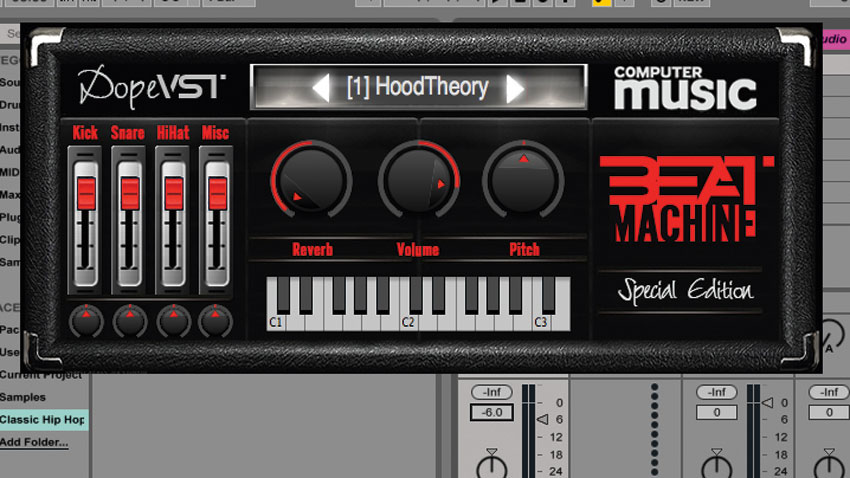How to program a head-nodding J Dilla-style hip-hop beat
Get the sound of one of hip-hop's most revered producers

Today marks the 16th anniversary of J Dilla's Donuts. Regarded as one of the greatest hip-hop albums of all time, the album was released on his 32nd birthday in 2006, just three days before his untimely death.
A true legend of hip-hop, J Dilla's contribution to the genre - and modern music as a whole - from the late '90s to the mid-00s (and even beyond, thanks to a series of posthumous releases) can't be understated.
J Dilla's beats - on his own releases and those of the many other artists with whom he worked, including De La Soul, A Tribe Called Quest, Amp Fiddler, D'Angelo, The Pharcyde and Common - are laid-back, soulful and rhythmically unique. Here, we'll show how to put together a groove in his style.
Once you've programmed your beat, head over to SampleRadar for some free samples to pair it with.

Step 1: Let's look at how to program a J Dilla-style boom-bap hip-hop beat using DopeVST Beat Machine CM and a MIDI keyboard. By playing our beat into the DAW for further editing rather than programming it directly on the grid, we can create a drum break with a live, swung MPC-style groove. Open your DAW and set the BPM to 95.

Step 2: Let's choose a great drum kit for our beat - add Beat Machine CM and turn its output down to -6dB. Next, click on the preset selector (top-centre) to open the drumkit menu. Try cycling through the presets using notes C1-F1 on your MIDI keyboard to audition the different kits - we've gone for the HoodTheory kit, as it has a solid yet classic sound.

Step 3: Next, record in a solid kick and snare groove. Enable your DAW's metronome to help keep your playing in time. Now, record-arm the Beat Machine CM track, hit Record and play in a groove using your MIDI controller. If you're struggling to play along with the click, try slowing down the tempo then upping it again once you're done.
Want all the hottest music and gear news, reviews, deals, features and more, direct to your inbox? Sign up here.
Performed beat via MIDI controller

Step 4: We can make our recorded groove a bit more solid by tweaking the positioning and velocity of the notes. First, we'll quantise the snare hits on beats two and four of each bar and the first kick drum of every bar - this'll give our drum beat a more focused groove without making it sound too straight.
Quantise snares two and four

Step 5: Now we've tightened the kicks and snares, the beat sounds a little off in places. Turn your DAW's grid snapping off, and move any offending kick and snare hits manually until playing mistakes are eliminated whilst keeping a live, swung overall feel. After this, adjust the velocity of any hits that are too loud or quiet until the break has a more consistent level.
Tidying groove and velocity manually

Step 6: To finish, we'll add a clap layer to embellish the snare. Download and import Clap.wav and place it on beats 2 and 4 of each bar. After that, select the clap samples and turn grid snapping off before dragging them just ahead of the snares to taste - you should hear the clap hitting slightly before the snare, giving the snare a bigger attack.
Add Clap layer
More tutorials...
Computer Music magazine is the world’s best selling publication dedicated solely to making great music with your Mac or PC computer. Each issue it brings its lucky readers the best in cutting-edge tutorials, need-to-know, expert software reviews and even all the tools you actually need to make great music today, courtesy of our legendary CM Plugin Suite.
